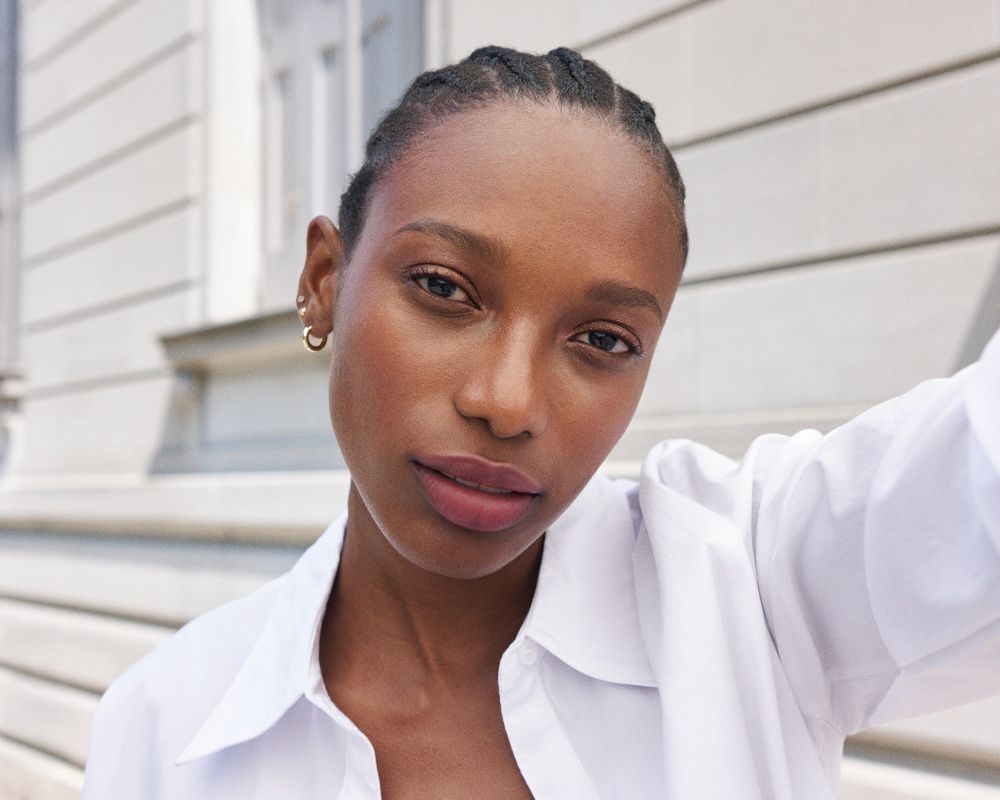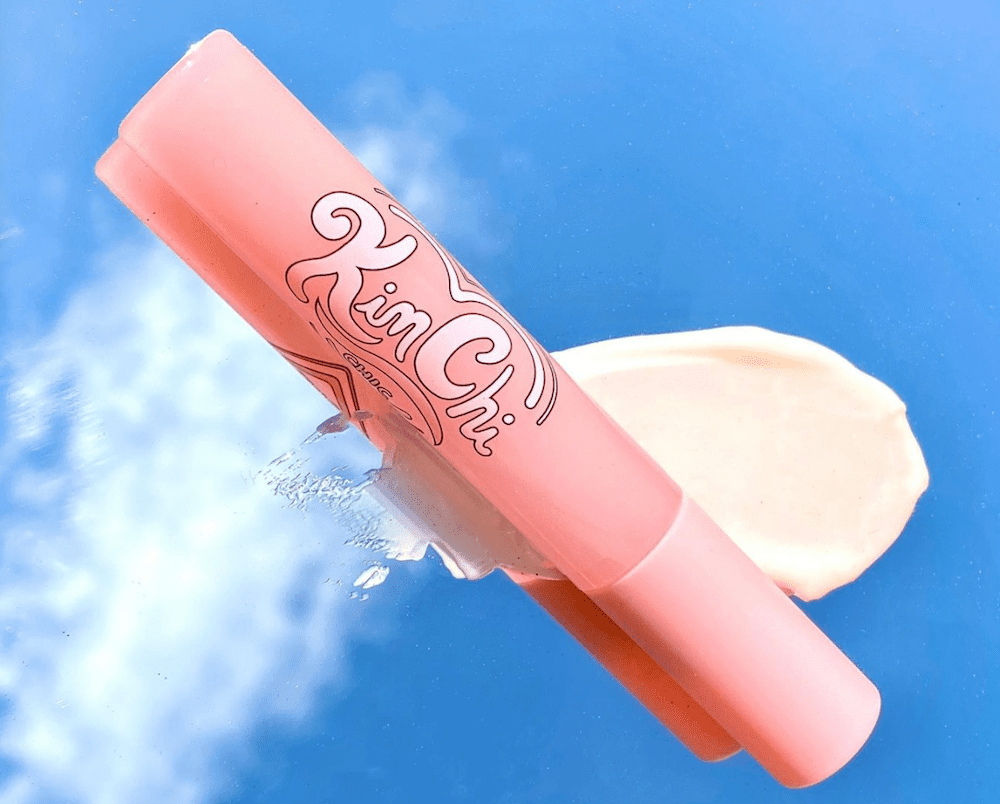Botox Was Invented to Treat Muscle Spasms, But Then a Patient’s Wrinkles Disappeared
By now you’ve definitely heard of Botox or Botox Cosmetic—the anti-aging injectable made super popular by celebs in the early 2000s. We know that Botox is injected and that it produces some pretty convincing results, but do you know what’s actually inside the syringe itself? With over 7.4 million Botox, Dysport, and Xeomin injectable treatments performed in 2018, we needed to know more.1 Ahead, we tapped Botox’s Chief Scientific Officer, Dr. Mitchell Brin, to share what botox is actually made of, how it works, and exactly what’s being injected into millions each year.
The History of Botox
-
- It Was Originally Intended to Treat an Eye Condition Called Strabismus: In the medical world, Dr. Alan B. Scott was the first person to use Botox for medical purposes. At that time, it was called Oculinum. “In his research to find a non-surgical protocol for children with strabismus, a condition in which the eyes are not aligned properly, Dr. Scott was looking for therapy that had a couple of key characteristics: it would be used locally, locally injected, and lasts long enough for a therapeutic effect, but was not permanent,” explains Dr. Brin.
- Then Dr. Brin Began Using the Drug to Treat Muscle Spasms: When Dr. Brin then began working with Botox at the Neurological Institute at Columbia University in New York, he says they had a protocol with the US FDA, written to treat patients with inappropriate muscle spasms in different parts of the body. “We started treating with small doses and worked with the patients to identify an appropriate dose and injection location in order to improve the muscle spasms. When we found a therapeutic result, we adjusted the dosing paradigm until we were able to achieve an optimal response,” he says.
- While Treating Under-Eye Muscle Spasms With Botox, Dr. Brin Observed that the Drug Softened Fine Lines: Then, while treating the muscles around the eyes of patients they observed that furrow lines of the brows were inadvertently softened with the treatment. Dr. Brin also adds, “One of my patients observed that when treating the muscles on one side of the face, their crow’s feet lines softened, and they wanted me to treat the other side to improve the appearance of the crow’s feet on that side too.”
And thus, the aesthetic realm of Botox was born. Before it was bought and branded, Oculinum was first approved in 1989 for strabismus and blepharospasm. Then, once approved, Dr. Brin says, “Allergan marketed the drug and then acquired Oculinum in 1991, and changed the name to Botox in 1992,” but at that time a standard treatment approach for aesthetic use had not been established.
Fast forward to 2002, he says, “the first aesthetic treatment was approved by the FDA to temporarily improve the look of moderate to severe glabellar lines in adults.” (Glabellar lines are brow or furrow lines.) So, Botox Cosmetic (onabotulinumtoxinA) was born and created a new category (and phenomenon) in the realm of facial aesthetics.
Eleven years later, Dr. Brin says additional clinical trials were conducted so that in 2013 the treatment of crow’s feet was approved by the FDA, and then approved for forehead lines in 2017.
Now, here we are today where “Botox is the only neurotoxin that is FDA-approved for three treatment areas,” and is also used for headaches, overactive bladder, teeth grinding, muscle spasticity, and other off-label uses.
What Is Botox Made Of?
The scientific, non-branded name for Botox is onabotulinumtoxinA, which is actually one of seven different botulinum toxin strains that are produced from a bacterium called the Clostridium botulinum.
Dr. Brin explains that Botox, a prescription medicine, “contains very tiny amounts of the highly purified botulinum toxin protein refined from the bacterium,” which was first identified in 1895.
“The raw material for BOTOX is manufactured by growing the bacteria and purifying it to remove bacterial substances, leaving the purified neurotoxin complex,” Dr. Brin explains.
Although the whole process is proprietary information for Botox Cosmetic, Dr. Brin was able to share with us that, “it starts with the purified raw material botulinum neurotoxin type A, in which less than one gram of the purified toxin is enough to make the world’s supply of Botox and Botox Cosmetic for an entire year.”
Crazy, right? It’s administered in small doses by intramuscular or intradermal injections directly into the desired area, depending on the indication, thus producing a temporary decrease of muscle or gland activity. For aesthetic purposes, the relaxing of the targeted muscles then results in a reduced appearance of fine lines and wrinkles, too.
What Are the Risks Associated With Botox?
If you’re interested in trying Botox or Botox Cosmetic, it’s important to know of any risks or side effects. Dr. Brin explains that the effects of Botox, “may spread and cause serious symptoms hours to weeks after injection.”
- Allergic reactions, including rash, welts, asthma symptoms, and dizziness.
- Neck and injection site pain
- Fatigue
- Headache
- Dr. Brin says to alert your doctor right away if you experience symptoms such as, “difficulty swallowing, speaking, breathing, eye problems or muscle weakness, [which] can be signs of a life-threatening condition. Patients with these conditions before injection are at the highest risk.”
According to Dr. Brin, you should avoid receiving Botox if you have a skin infection, and to tell your doctor, “your medical history, muscle or nerve conditions (including ALS/Lou Gehrig’s disease, myasthenia gravis, or Lambert-Eaton syndrome), and medications, including botulinum toxins, as these may increase the risk of serious side effects.”
It’s important to note that this does not cover all possible side effects of Botox, Dr. Brin says, “Talk to your doctor and see the full product Information including the boxed warning for additional information.”








